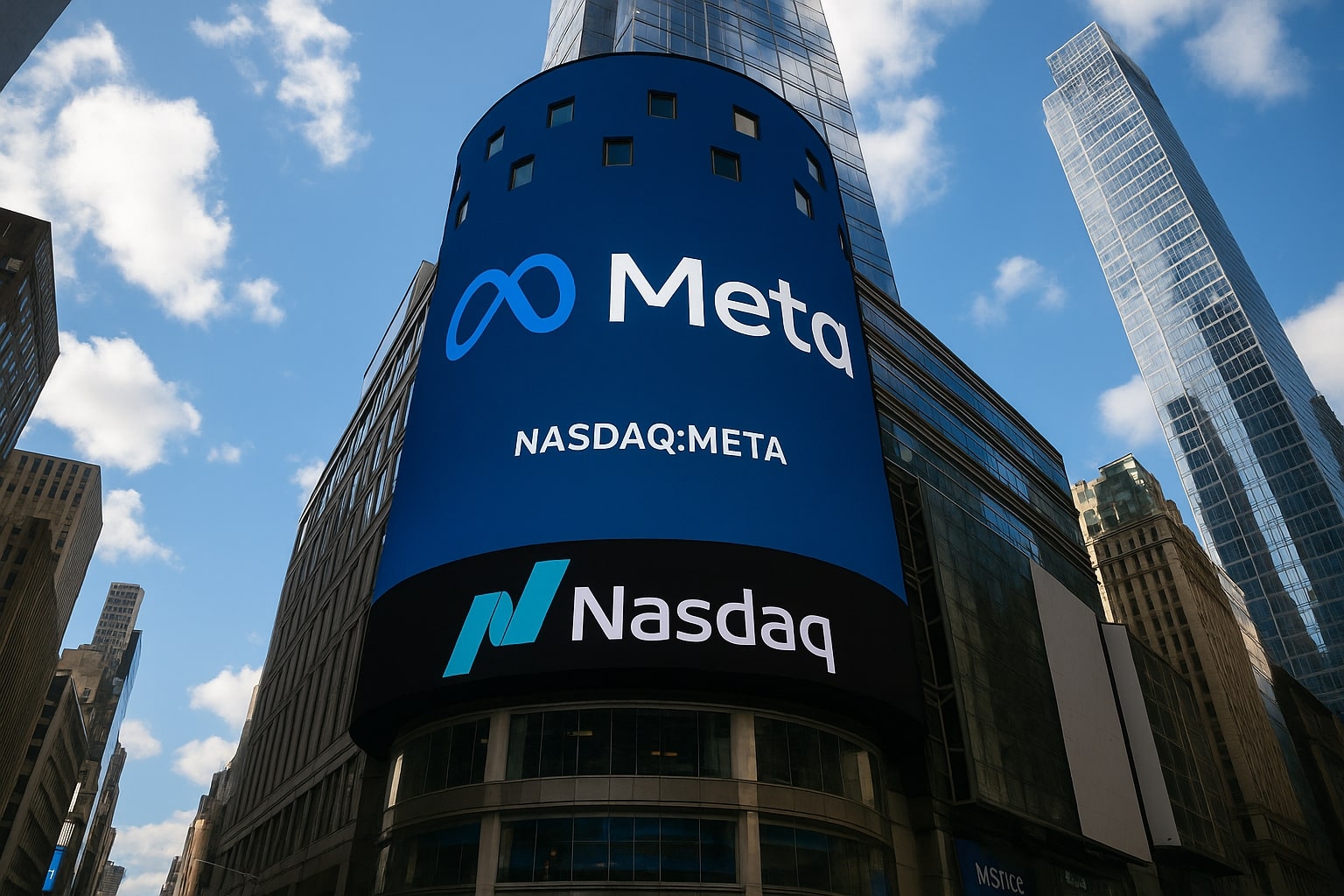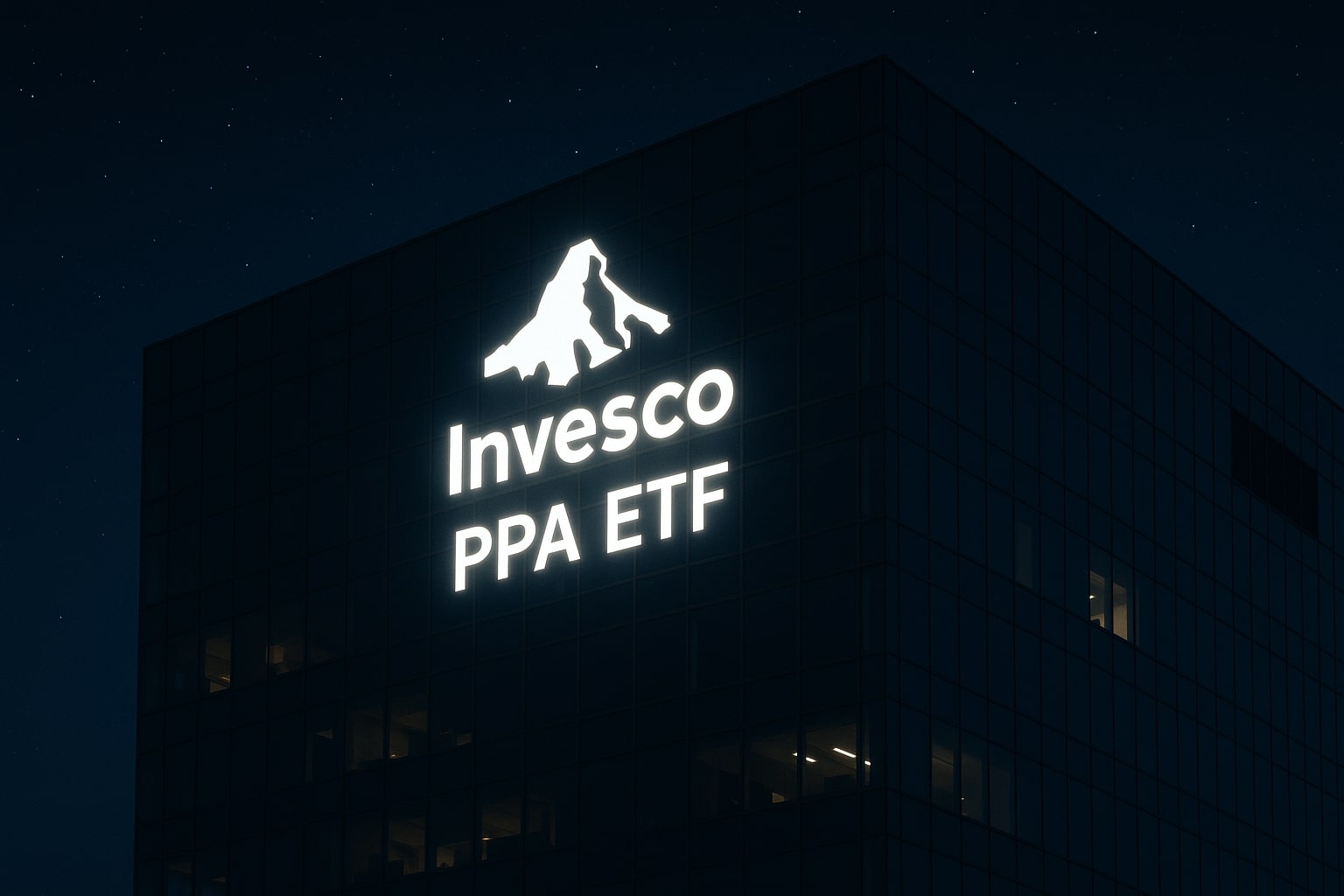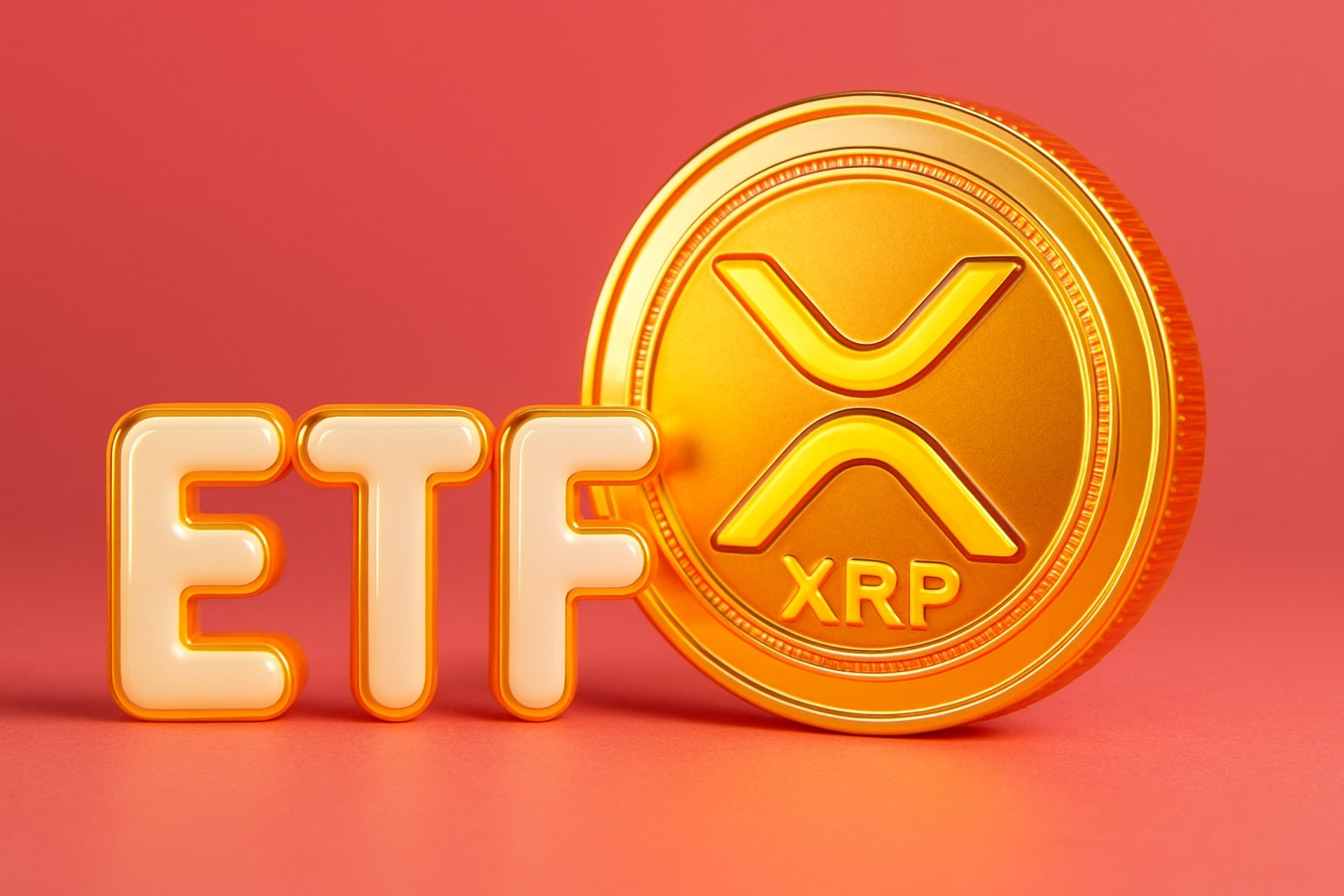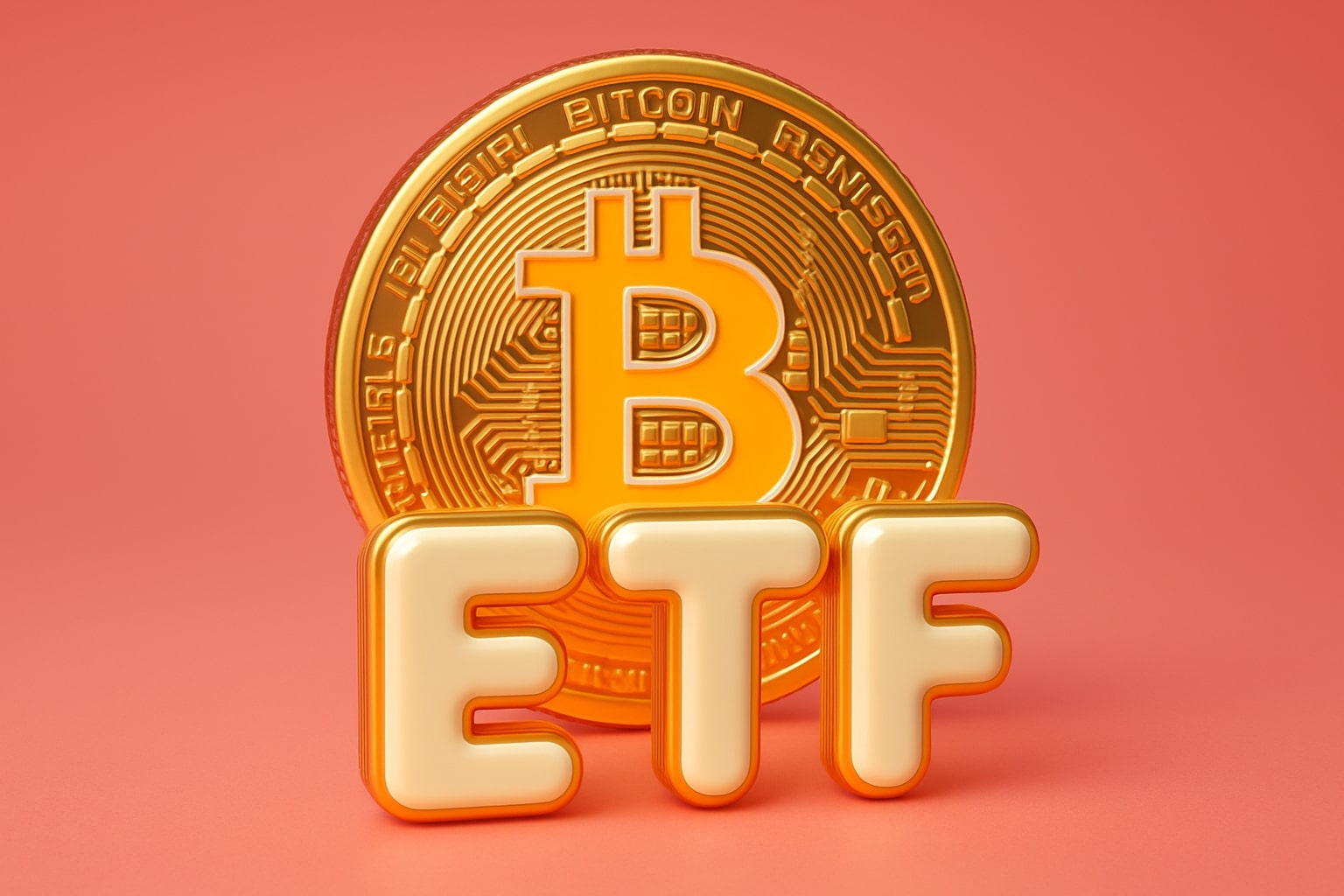
Meta Stock Price Forecast - NASDAQ:META Shares at $736 Driven by AI Expansion and Ad Strength
Meta Platforms’ $1.85T valuation rides on robust Q2 earnings, aggressive $72B AI spending, and insider selling trends, while Wall Street sees upside toward $863–$905 | That's TradingNEWS
NASDAQ:META Consolidates Near $736 as AI Spending, Ad Growth, and Insider Sales Shape Outlook
Meta Platforms NASDAQ:META is trading at $736.46, up 0.21% on the session, with a market capitalization of $1.85 trillion. The company remains one of the most influential players in digital advertising and artificial intelligence, with fundamentals showing a balance of strong revenue growth, margin expansion, and accelerating capital expenditures on AI infrastructure. The second quarter earnings were a standout: revenue rose 21.6% year-over-year to $47.52 billion, while diluted EPS reached $7.14, exceeding consensus estimates by $1.39. Operating margin expanded to 43%, and net income surged to $18.34 billion, demonstrating the power of Meta’s advertising machine even as it invests heavily in next-generation technologies.
Ad Business Performance Strengthens META’s Cash Flow Engine
The advertising segment remains the dominant driver of results, accounting for roughly 99% of revenue. Engagement levels across Instagram, WhatsApp, and Facebook continue to rise, while ad pricing saw a 9% year-over-year increase in Q2. AI-driven tools like Advantage+ have improved conversion rates on Instagram by 5% and on Facebook by 3%, underscoring how AI is directly enhancing monetization. Analysts now project that Meta could surpass Alphabet in global advertising revenue by 2026, an outcome that was unthinkable just a few years ago. With global digital ad spending expected to compound at 15.4% annually, Meta is positioned to capture a disproportionate share of this growth, particularly with its scaled ecosystem of over three billion monthly active users.
Aggressive AI Investment Transforms Long-Term Growth Profile
Meta is not only optimizing its core businesses but also aggressively expanding into AI infrastructure. In 2025, the company is projected to spend up to $72 billion on AI initiatives, including the $50 billion Louisiana data center, the largest ever built, and new “titan” clusters in Ohio. These investments are designed to support Meta’s generative AI roadmap, with the next Llama model expected ahead of 2026. The scale of these projects has drawn direct political attention, including public praise from U.S. leadership, highlighting Meta’s growing importance as a national technology champion. Beyond hardware, Meta is investing heavily in human capital, building an elite team of researchers to sustain its leadership in AI. This dual investment in infrastructure and talent positions the company to dominate both consumer and enterprise AI use cases.
Valuation, Earnings Momentum, and Analyst Sentiment
From a valuation perspective, NASDAQ:META trades at a trailing P/E of 26.7 and a forward P/E of 24.9, both compressing as earnings accelerate. Diluted EPS for the trailing twelve months sits at $27.57, with Wall Street forecasting full-year EPS of $28.00 in 2025 and $29.91 in 2026. Revenue is projected to climb from $195.97 billion this year to $227.84 billion in 2026. Analysts maintain an average target of $863, about 17% above current levels, with several firms including KeyCorp and Raymond James setting targets above $900. Despite a 43% rally over the past year, Meta’s multiples remain close to historical averages, suggesting there is still upside if the company maintains double-digit earnings growth. PEG ratio stands at 2.07, reasonable given expected EPS growth of 16% in 2025.
Institutional Flows and Insider Transactions Signal Diverging Behavior
Institutional demand remains strong, with funds like Stony Point Capital boosting their position by 73% in Q1, now holding 67,206 shares valued at $38.7 million. Gobi Capital LLC, Meta’s largest institutional holder, still allocates 23.5% of its portfolio to META shares, despite trimming its stake by 3%. Insider transactions tell a more nuanced story. CTO Andrew Bosworth sold 11,694 shares in August for proceeds of $9.06 million, cutting his personal holdings by nearly 87%. Insider Jennifer Newstead also reduced her position, selling 519 shares for roughly $389,000. In total, insiders sold 312,767 shares worth $234.7 million over the past 90 days. Insider ownership now accounts for 13.61% of outstanding shares, a high figure for a company of this size. Readers can follow the complete list of transactions here. While insider sales raise questions, institutional accumulation suggests confidence in the long-term trajectory.
Read More
-
PPA ETF at $154: Can This Defense ETF Keep Beating ITA and SPY?
14.12.2025 · TradingNEWS ArchiveStocks
-
XRP ETFs XRPI and XRPR Pull In $975M While XRP-USD Fights To Hold $2
14.12.2025 · TradingNEWS ArchiveCrypto
-
Natural Gas Price Forecast: NG=F Hits $4.11 As Warm Winter Outlook Puts $3.913 Support At Risk
14.12.2025 · TradingNEWS ArchiveCommodities
-
USD/JPY Price Forecast - Dollar to Yen Can BoJ’s 0.75% Shock Break The 155–158 Range?
14.12.2025 · TradingNEWS ArchiveForex
Financial Strength and Dividend Initiation Bolster Shareholder Value
The balance sheet remains a key advantage. Meta holds $47.07 billion in cash against $49.56 billion in debt, with a debt-to-equity ratio of just 25.4%. Operating cash flow over the last twelve months reached $102.3 billion, enabling $32 billion of levered free cash flow after capex. In 2025, the company initiated a dividend program, paying $2.10 annually for a yield of 0.29%, a sign of confidence in recurring cash generation. This move appeals to institutional investors seeking yield while still allowing Meta to fund aggressive AI and Reality Labs spending. Margins remain among the highest in the sector, with net margin at 39.99% and return on equity at 40.65%, reinforcing Meta’s ability to balance growth and shareholder returns.
Risks and Competitive Landscape
Despite the positive trajectory, risks remain. Regulators continue to scrutinize Meta’s data practices, with antitrust actions in the U.S. raising the possibility of structural remedies. International markets, especially Europe, remain aggressive in imposing restrictions on data collection and content moderation. Competition is another factor. Alphabet and Amazon are expanding ad businesses that could erode Meta’s dominance if growth in engagement slows. Reality Labs continues to post losses, and while AI investments are ambitious, the payoff horizon may stretch into the next decade. Volatility in ad spending tied to global economic cycles also represents a structural headwind.


















